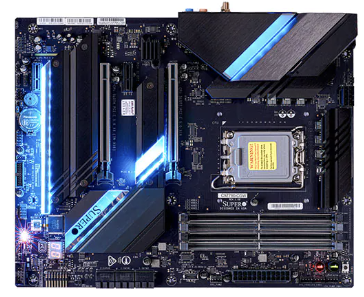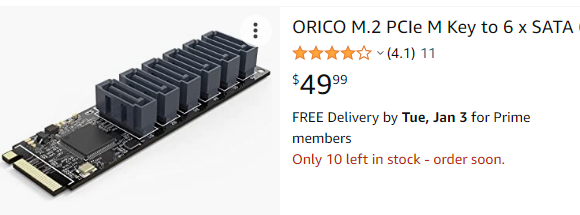So I have been looking at the EATX and ATX Intel 1700 motherboards from Asrock and Asus and they ALL only have have at most a measly pathetic 2 PCIe 5.0 x16 slots and some will also have 1 additional 4.0 PCIe x16 slot for a total of three.
It also seems the new AMD DDR5 motherboards are just as if not even more cucked!
What gives?
Was it like this when DDR4 motherboards first came out? My current PC is DDR3 with 16GB which is why I am looking to upgrade. I skipped the DDR4 generation completely and I have to say, I'm not impressed by what I am seeing available with DDR5 hardware.
When do you think we will see motherboards with at least 6 or more full PCIe slots like this? https://www.asrock.com/mb/Intel/X79 Extreme11/index.us.asp
It also seems the new AMD DDR5 motherboards are just as if not even more cucked!
What gives?
Was it like this when DDR4 motherboards first came out? My current PC is DDR3 with 16GB which is why I am looking to upgrade. I skipped the DDR4 generation completely and I have to say, I'm not impressed by what I am seeing available with DDR5 hardware.
When do you think we will see motherboards with at least 6 or more full PCIe slots like this? https://www.asrock.com/mb/Intel/X79 Extreme11/index.us.asp
![[H]ard|Forum](/styles/hardforum/xenforo/logo_dark.png)


